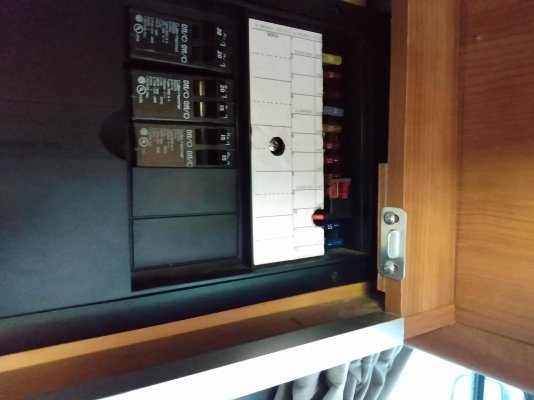I routinely build 24 / 48 volt power systems, but if you are feeding 12 volts to them, the C port usually isn't all that powerful.
At the moment - for products like apple stuff, I am still suggesting to people that they plug into a 120 vac outlet if they want to run at full charging power.
So, USB-C is complicated. Among other goals, the designers aspired to solve the tower-of-babble device charging problem once and for all. They did this by specifying a complex negotiation protocol between power sources and sinks. A device can request one of seven voltages, between 5-48VDC, each with a maximum power rating that in some cases can go up to 240 watts. But, any given charger does not have to support all of these options, and most do not. For example, the cheap item that I linked to only supports USB Type-A @ 5V 2.1A and Type-C @ 5V 3A (which is 15 watts). So, you will do better using a USB-C cable than with an A-to-C adaptor, but not that much better.
Different generations of MacBooks can utilize varying amounts of charge current. I think the current ones top out at 140W. I.e., it will charge faster the more current the charger can provide, but only up to some maximum. After that, a more capable charger will not help.
Obviously, you will pay more for a fancy, high current USB-C charger, but a proper one will certainly charge your device faster, up to a point. Here is another random example that is spec'd at up to 90W.
https://www.amazon.com/USB-C-Laptop-Charger-Power-Adapter/dp/B003FOOY32/ref=sr_1_9?
(I am not endorsing this product--just a random example). I think that genuine Apple chargers go up to 140W, so they will still be faster than this one. But I would bet that if you pay enough, you can get a DC unit that goes up that high.





